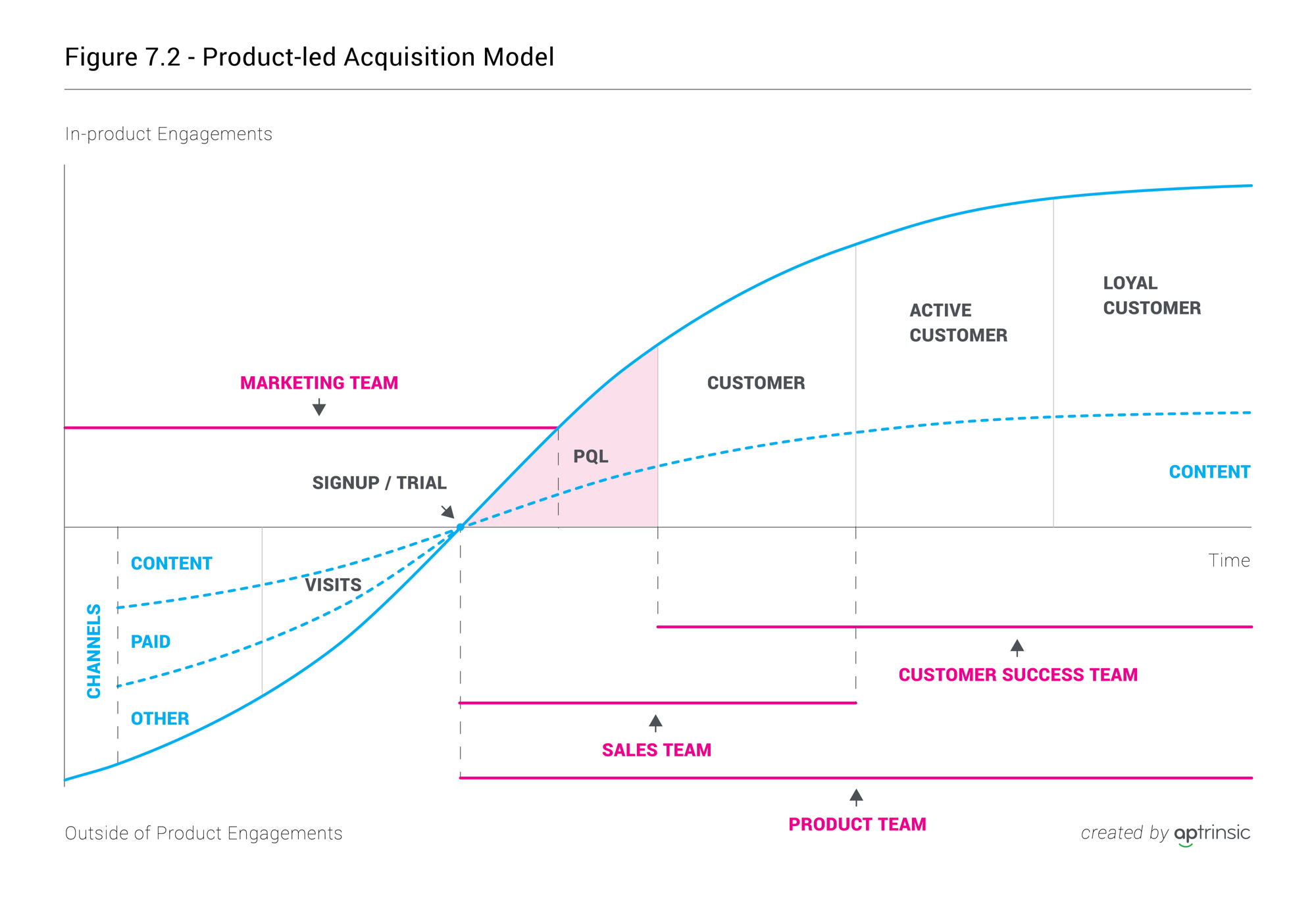Essential Tools for Product-led Growth
Explore the essential tools that power product-led growth strategies. These tools enhance product experiences, streamline trials, and introduce viral features to drive acquisition, retention, and revenue growth.
Fri Sep 01Written by: Simona Liberati

Tools for Product-led Growth
Product-led growth is a go-to-market strategy focused on acquiring and retaining users through an exceptional product experience. Rather than relying on traditional sales and marketing tactics, product-led companies use the product itself as the main vehicle for growth.
To execute this strategy effectively, having the right tools in place is critical. In this article, we’ll explore some of the top tools that enable product-led growth.
What You’ll Learn:
- The core principles of product-led growth
- Key categories of tools that support product-led growth
- Examples of specific tools in each category
- How to evaluate and select the right tools for your needs
- Tips for implementing and getting the most value from product-led growth tools
Principles of Product-Led Growth
Before diving into tools, it’s helpful to review the core principles of product-led growth:
- Focus on delivering an exceptional product experience that users love
- Make it easy for users to onboard and experience value from your product
- Design frictionless workflows that encourage adoption, retention, and expansion
- Turn users into advocates who spread awareness through word-of-mouth
Keeping these principles in mind will ensure you select and use tools that truly support your product-led strategy.
Categories of Product-Led Growth Tools
There are a few key categories of tools that enable critical parts of the product-led motion:
User Onboarding
Guiding users through their first experience with your product is vital for adoption and retention. Onboarding tools help you:
- Create interactive tutorials and walkthroughs
- Provide in-app messaging to guide users
- Tailor onboarding flows based on user attributes
- Identify and fix obstacles in the onboarding process
User Engagement
Driving long-term engagement is crucial for retention and expansion. Engagement tools allow you to:
- Understand user behavior through analytics
- Identify at-risk users based on usage data
- Send targeted communications to re-engage inactive users
- Create feedback loops through surveys, polls, and more
Self-Service Support
Making it easy for users to help themselves removes friction in the user journey. Self-service support tools enable:
- In-app messaging, chatbots, and knowledge bases
- Community forums for peer-to-peer support
- Robust help center and documentation
- Easy ways for users to submit support tickets
User Advocacy
Turning users into advocates generates word-of-mouth growth. Advocacy tools help you:
- Identify your most passionate users
- Make it easy for users to share your product through referrals
- Create ambassador programs to amplify word-of-mouth
- Leverage user content like reviews and social shares
Free-to-Paid Conversion
Converting free users to paying customers is key for monetization. Conversion tools allow you to:
- Offer in-app purchases and premium tiers
- Communicate the value of paid plans through messaging
- Incentivize upgrades through time-limited promotions
- Identify upsell and cross-sell opportunities based on usage
Examples of Top Tools
Now let’s look at some examples of leading tools in each category:
- Onboarding: Appcues, WalkMe, Userlane
- Engagement: Amplitude, Mixpanel, Customer.io
- Self-Service: Zendesk, Intercom, HelpScout
- Advocacy: Ambassador, Gaggl, DemandBird
- Conversion: Paddle, Price Intelligently, Churn Buster
There are many more excellent tools on the market across each of these categories. Assessing your specific needs and challenges will help narrow down the options.
How to Select the Right Tools
Here are some tips for evaluating and selecting the best product-led growth tools for your needs:
-
Start with your biggest friction points. Which parts of your user journey are the most broken? Focus on tools that can help fix those issues.
-
Consider your tech stack. Look for tools that integrate cleanly with your existing systems. Avoid adding too many disparate vendors.
-
Think through long-term needs. Opt for tools that can scale with your growth and support future use cases.
-
Prioritize ease of use. Complex tools with steep learning curves will hinder adoption. Look for intuitive interfaces.
-
Evaluate proven success. Examine tools’ customer stories and data to validate they deliver real results.
-
Compare pricing models. Factor in both current and future costs as your user base grows over time.
Implementing Tools for Maximum Impact
Once you’ve selected your tools, thoughtful implementation is critical for driving results:
-
Roll out gradually. Introduce tools slowly rather than all at once to allow proper setup and adoption.
-
Invest in optimization. Continuously test and tweak your use of tools to maximize their impact.
-
Integrate with workflows. Connect tools into related workflows vs keeping them siloed for better data sharing.
-
Provide internal training. Educate your team on proper tool usage to build proficiency.
-
Track performance. Define KPIs for each tool and monitor them to prove ROI.
-
Stay on top of updates. Take advantage of new features and improvements through regular tool testing.
Conclusion
The right product-led growth tools can drive step-change improvements in how users move through your product experience. But tools are just enablers. You still need an exceptional product and sound product-led strategy as the foundation.
With the core principles, key tool categories, and tips covered here, you’re equipped to select and implement the tools that will catalyze product-led growth for your business. Focus on the biggest pain points first and stay agile. With the right tools in place, you can create a product experience that sells itself.